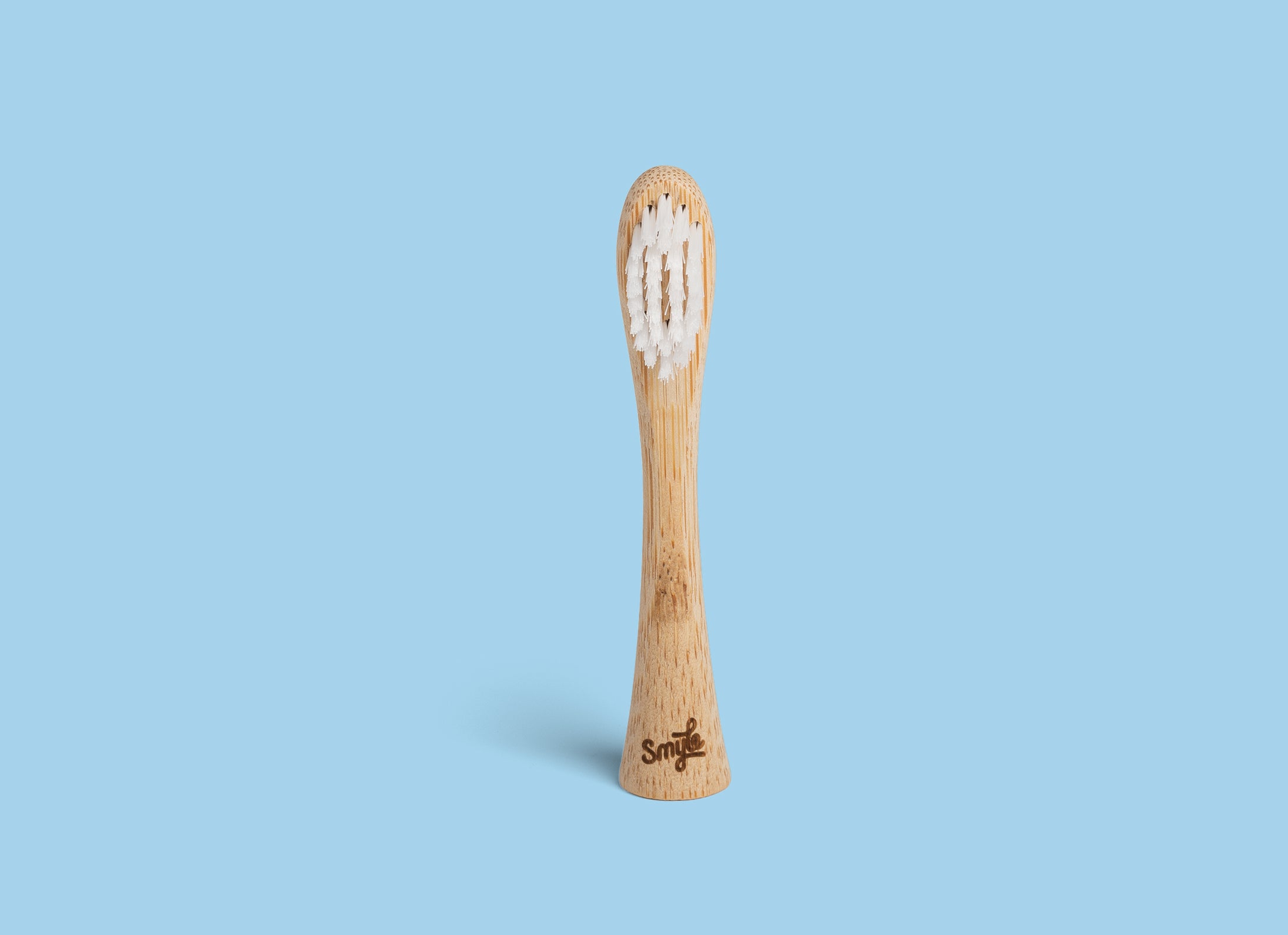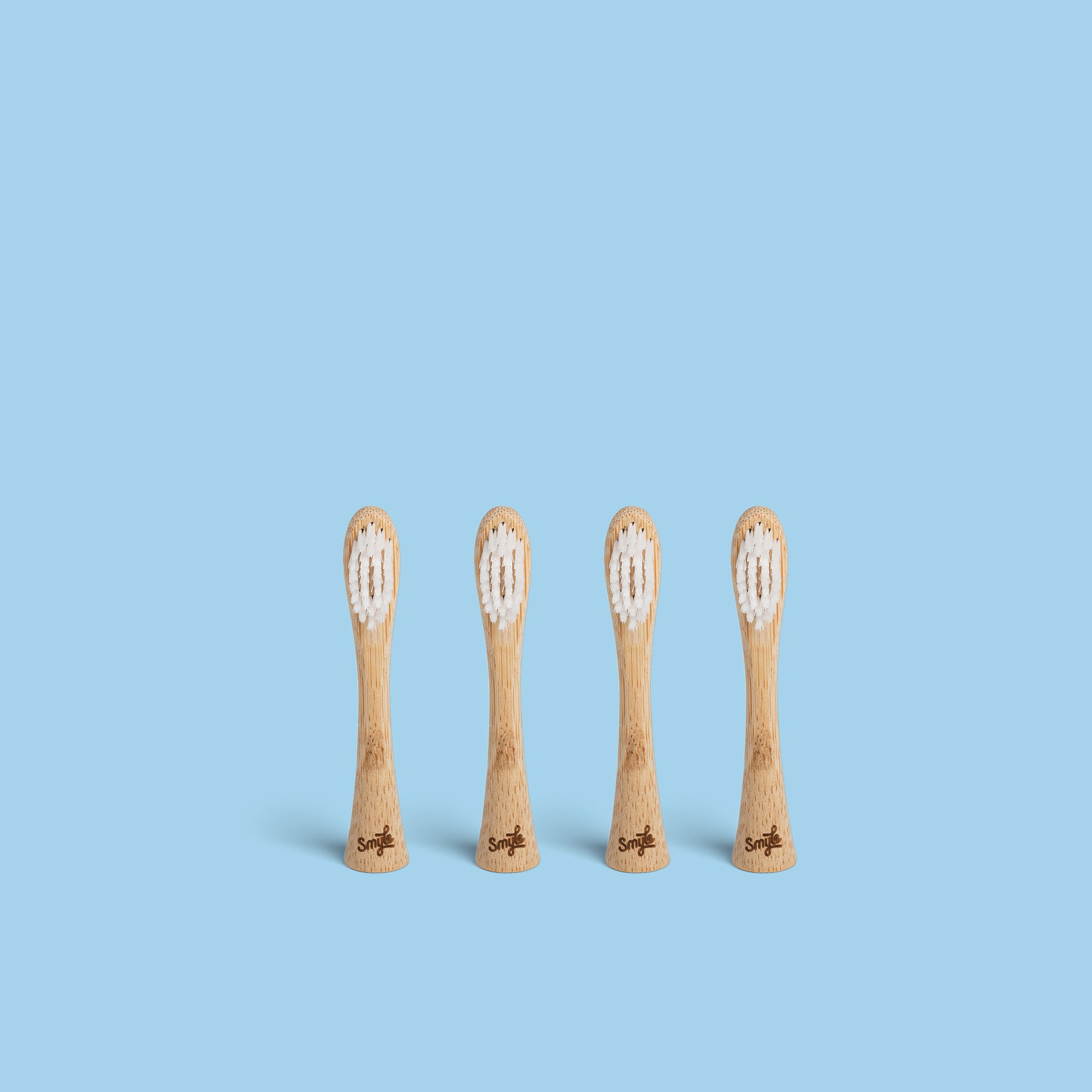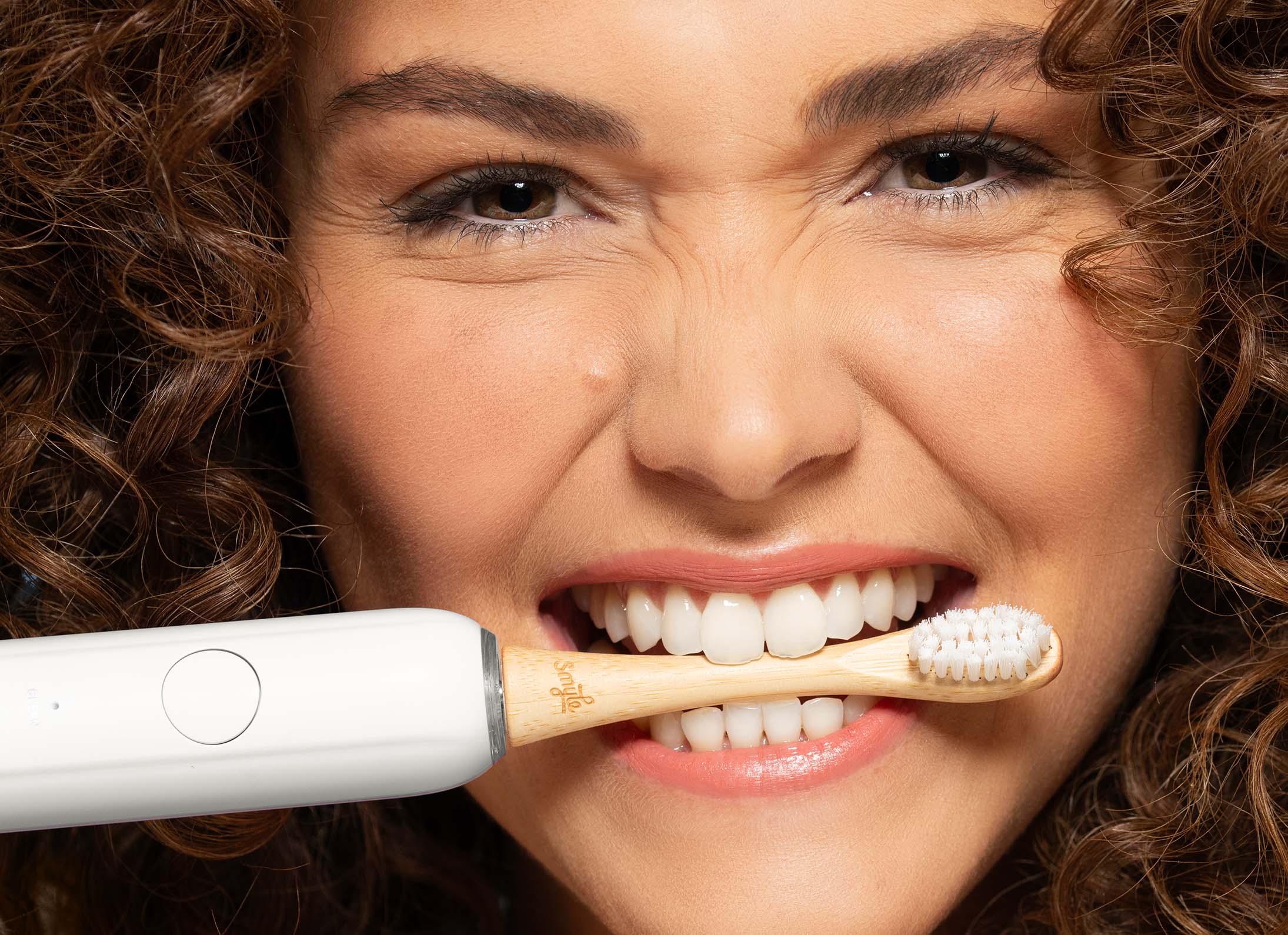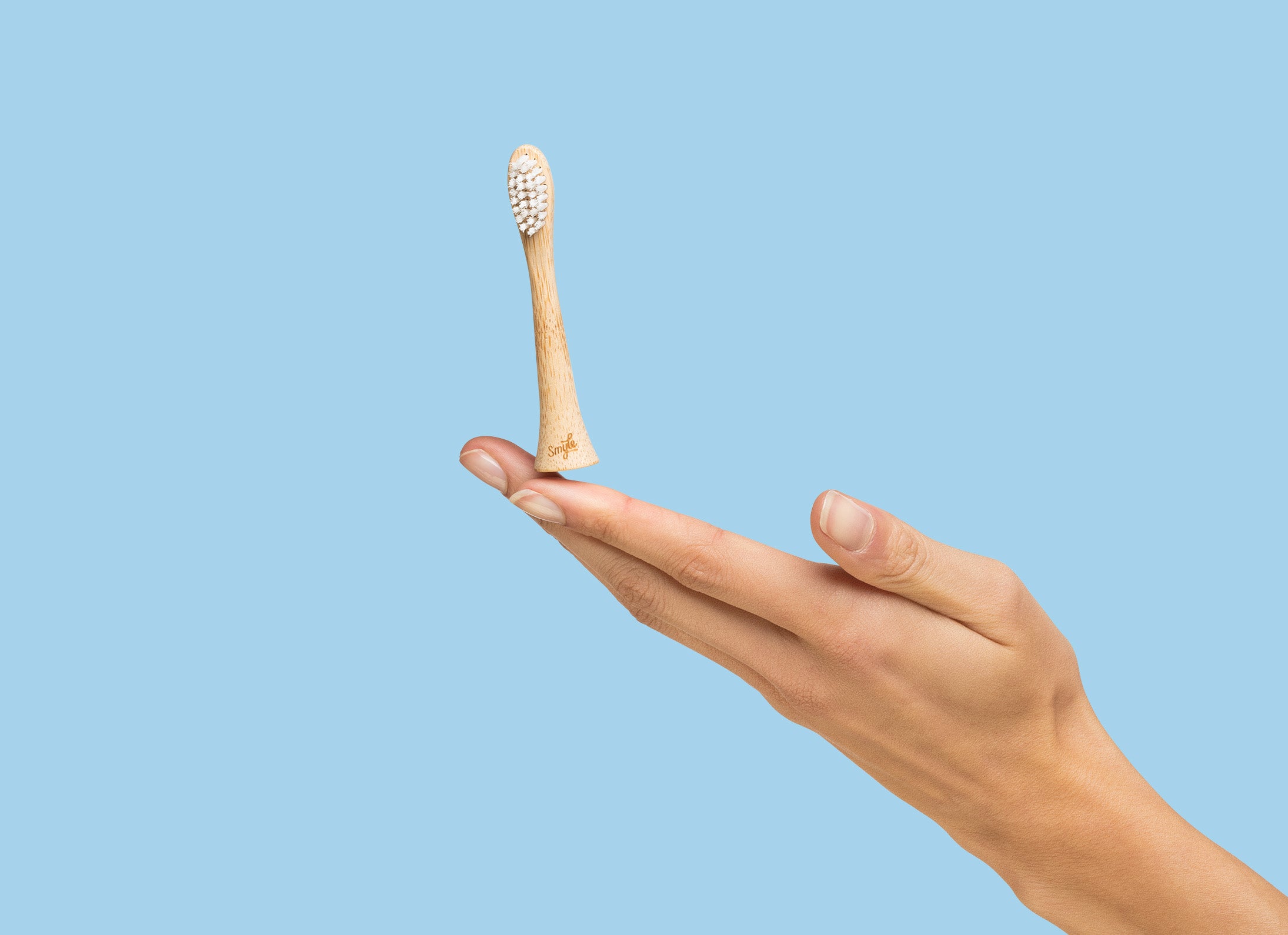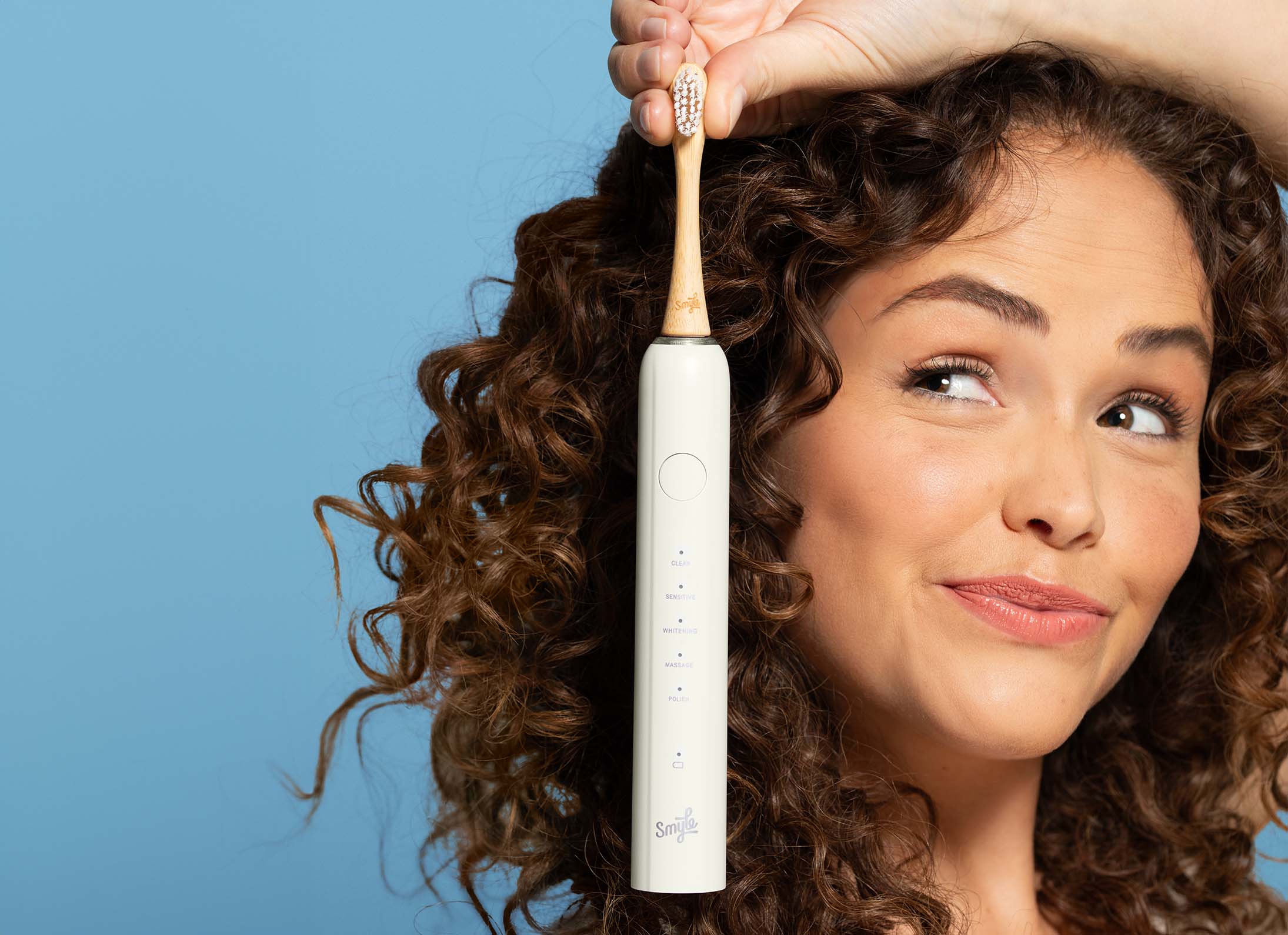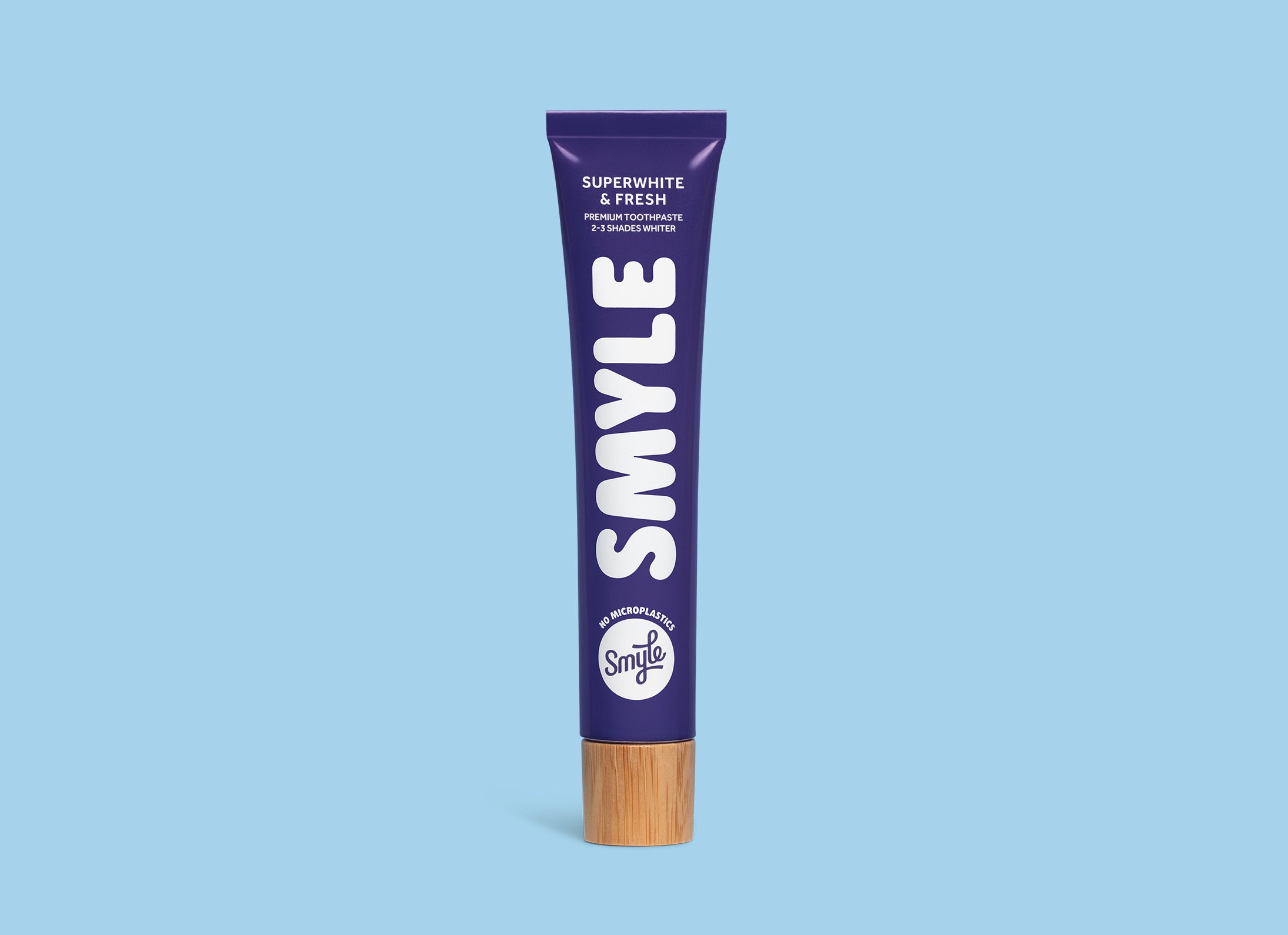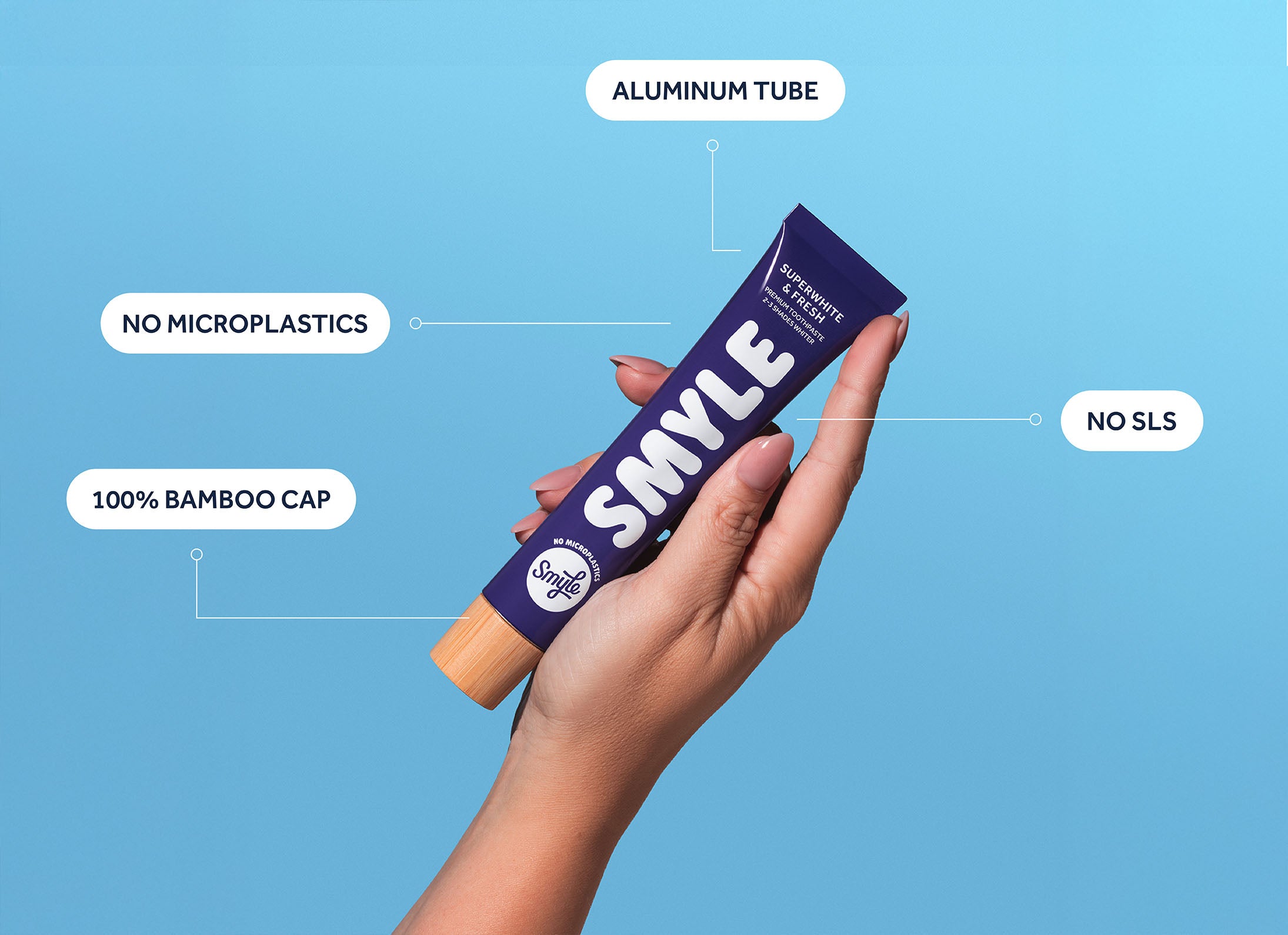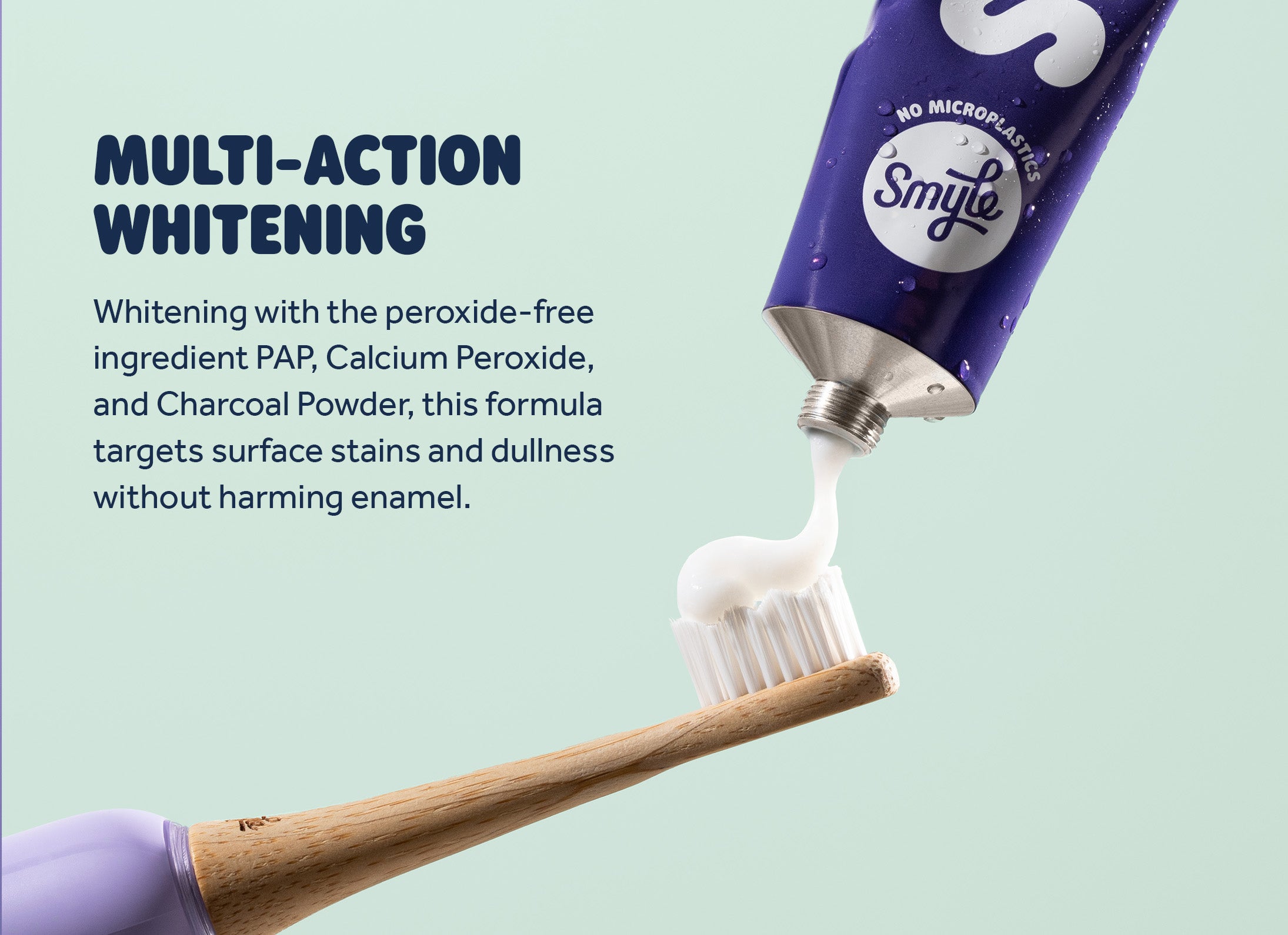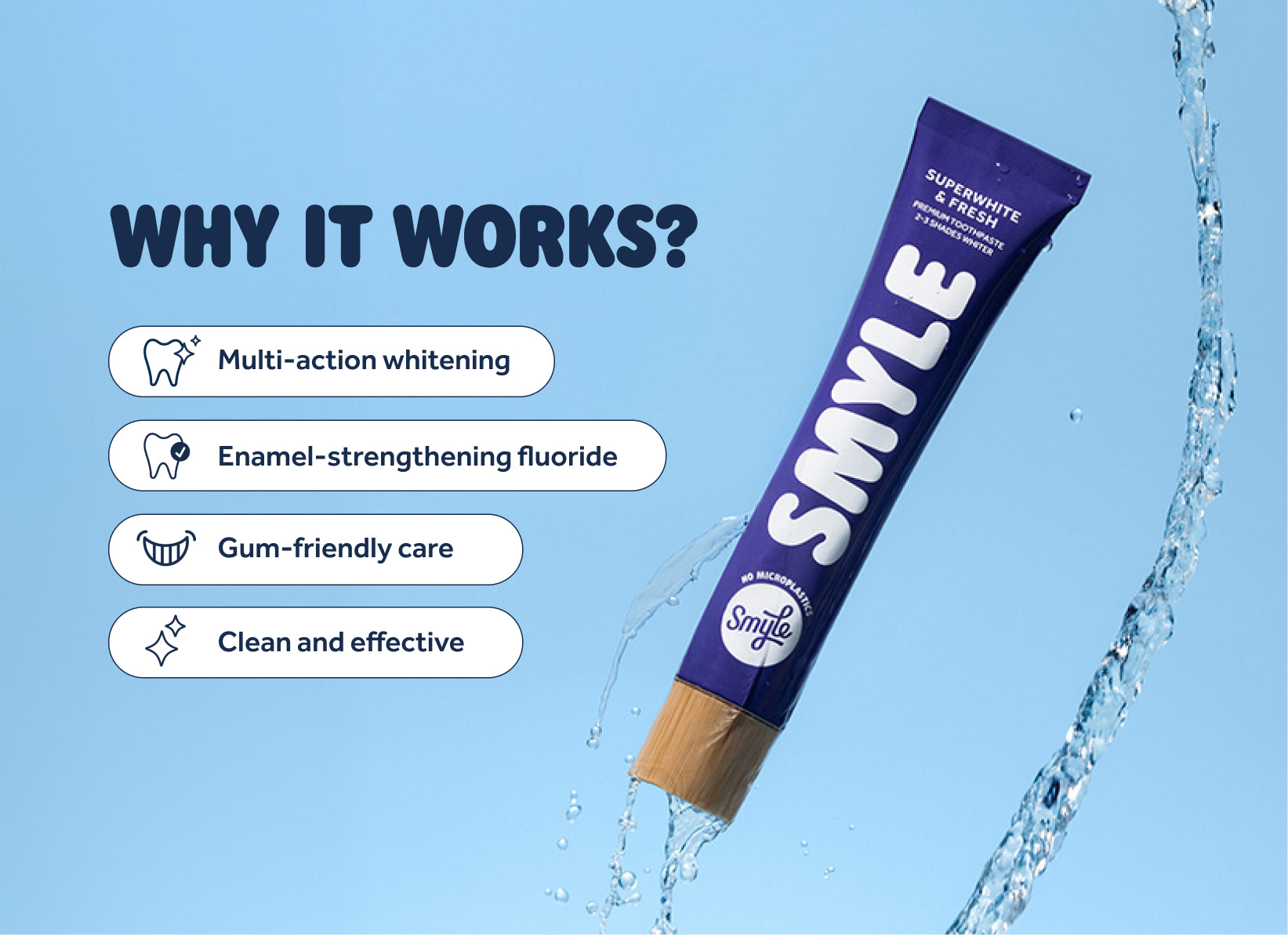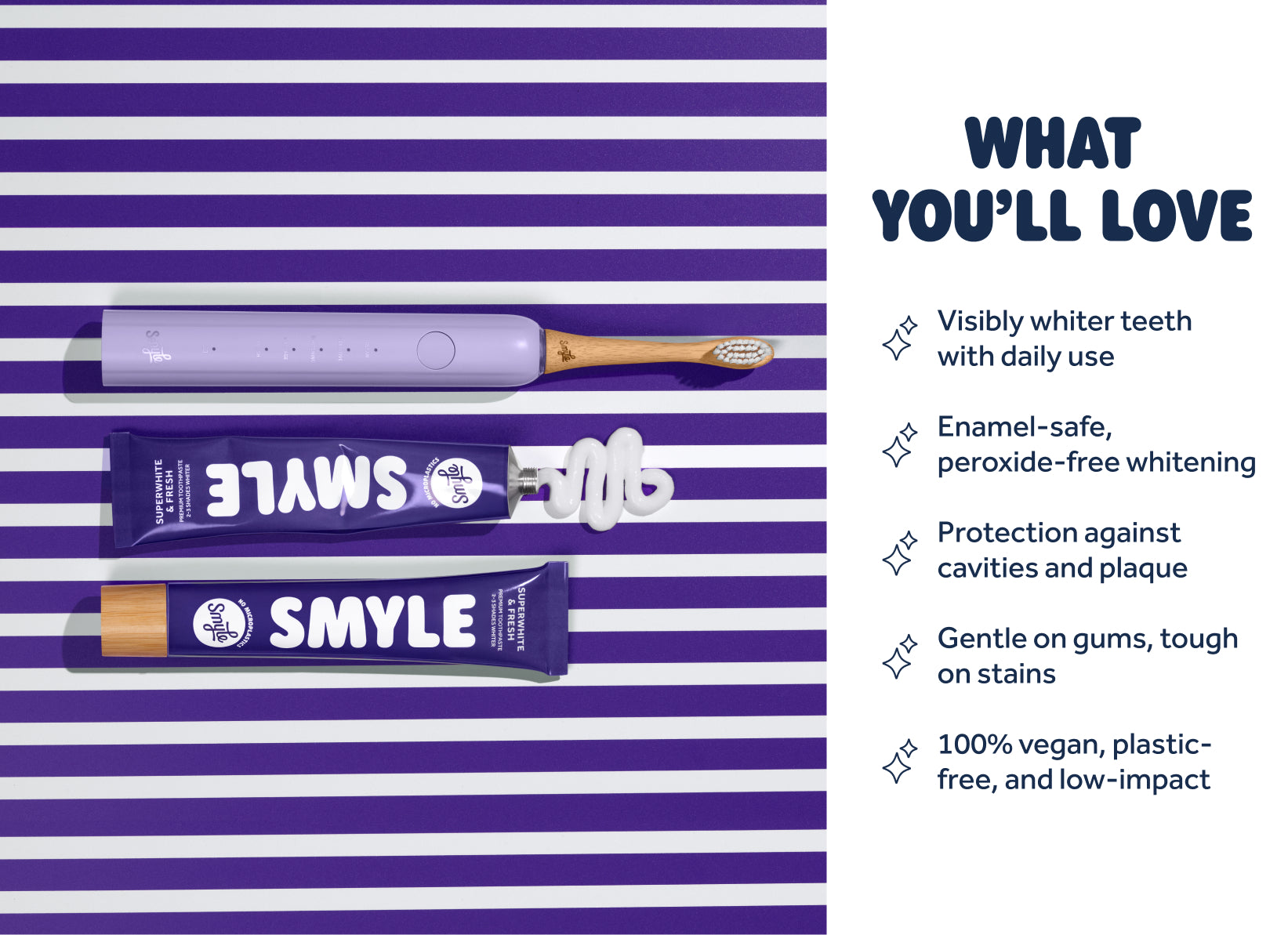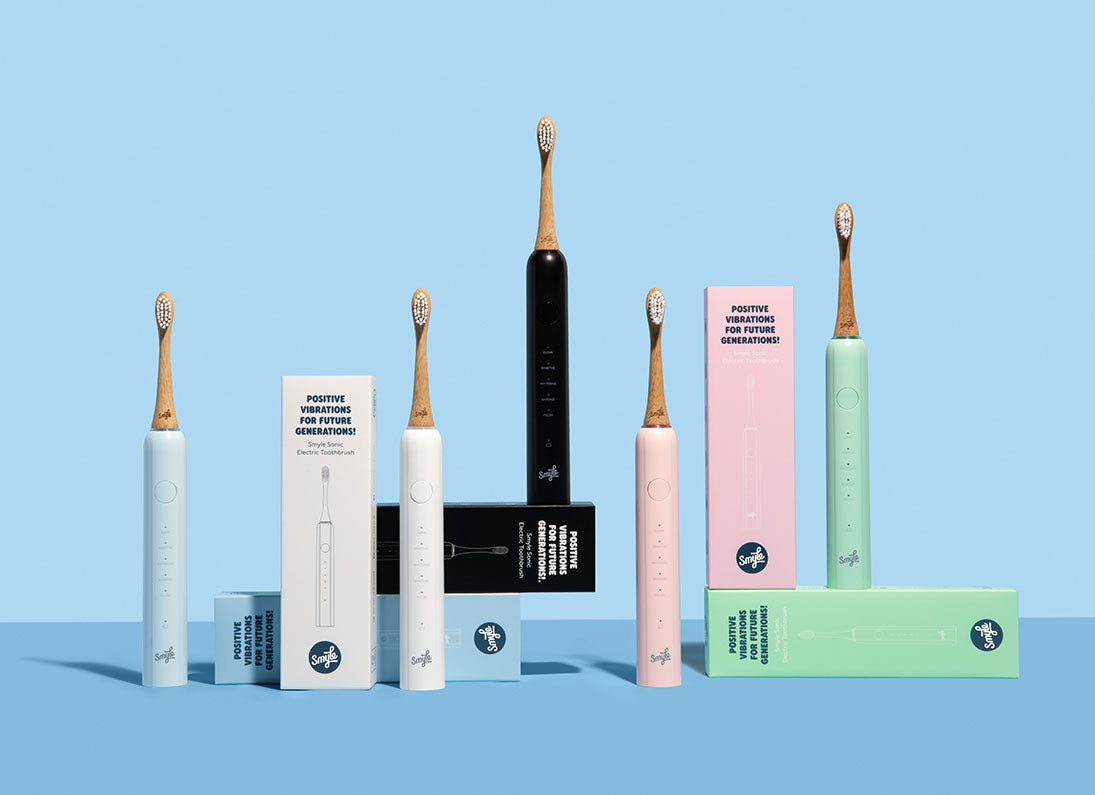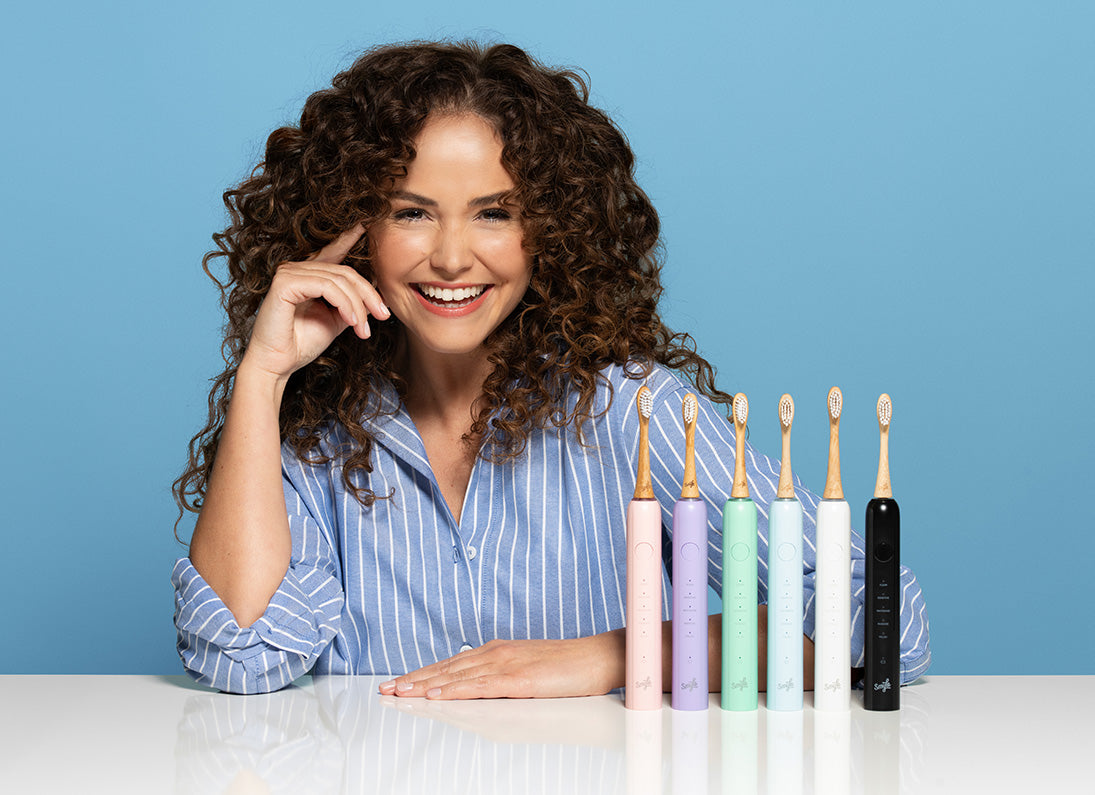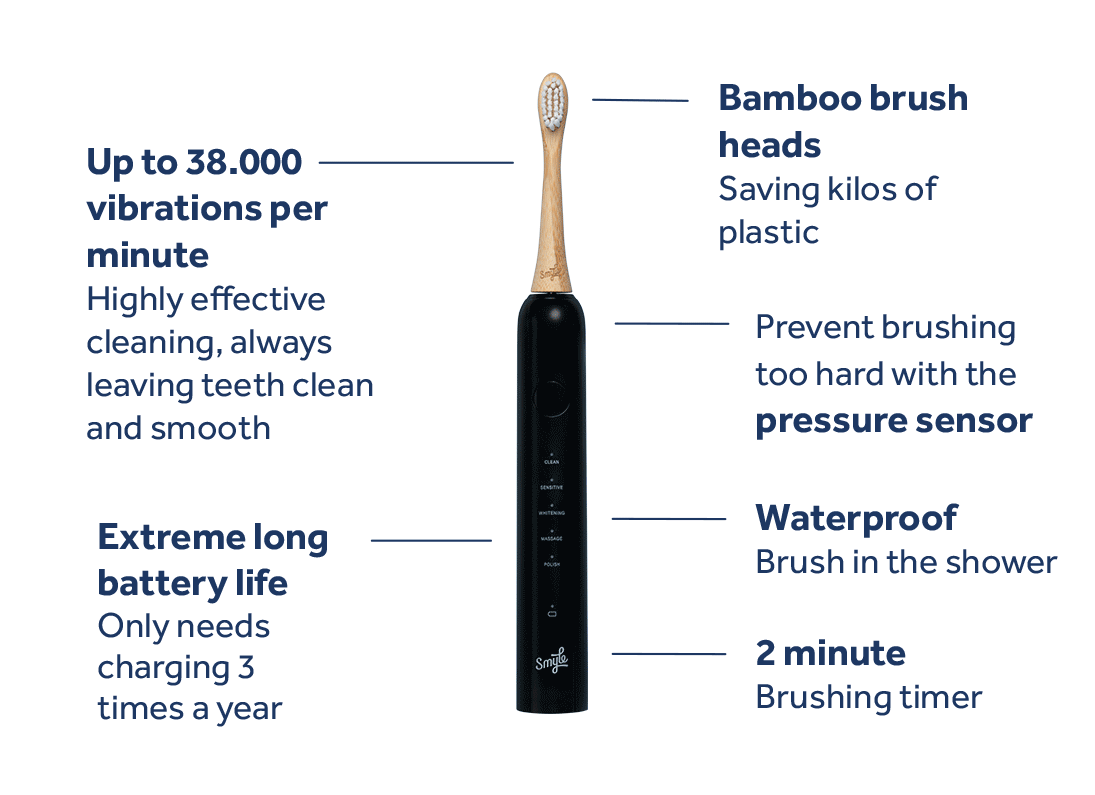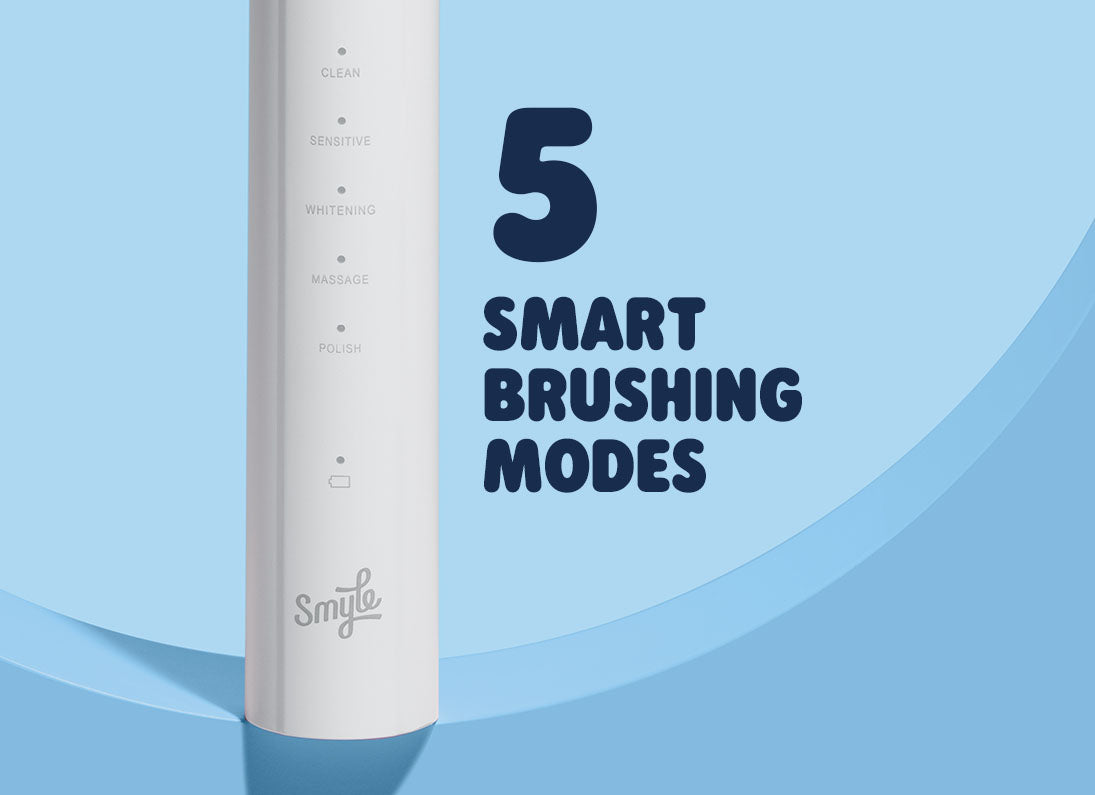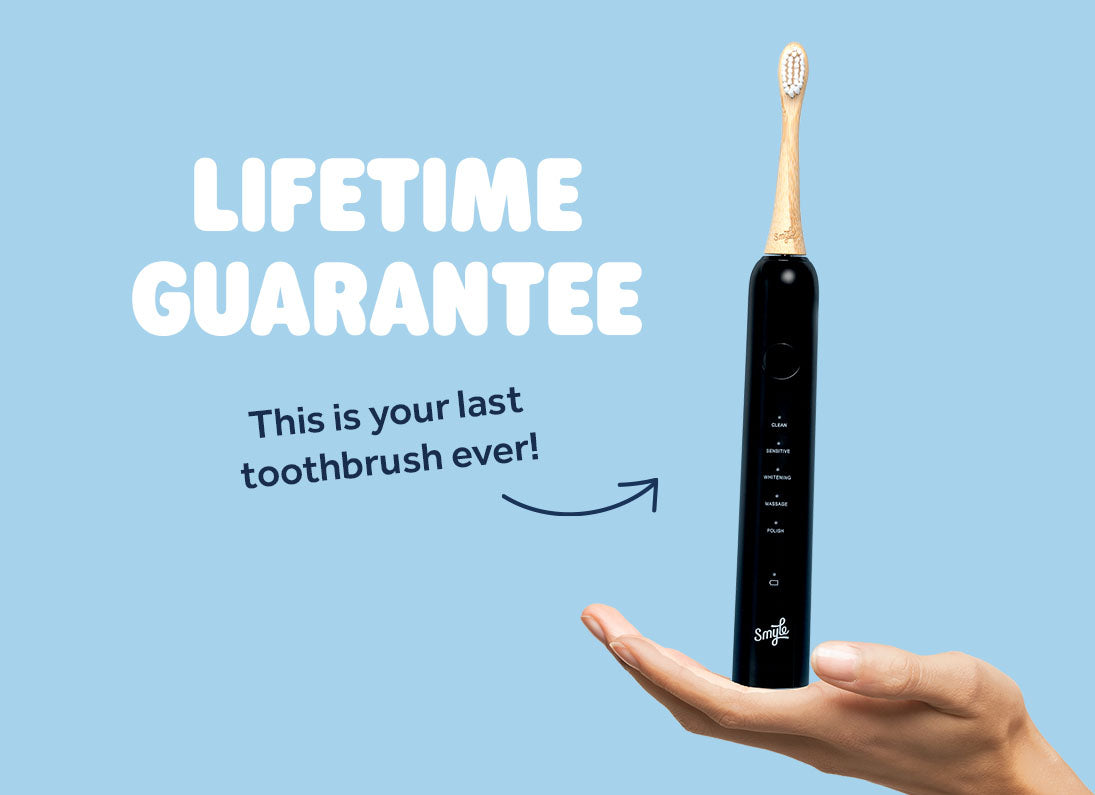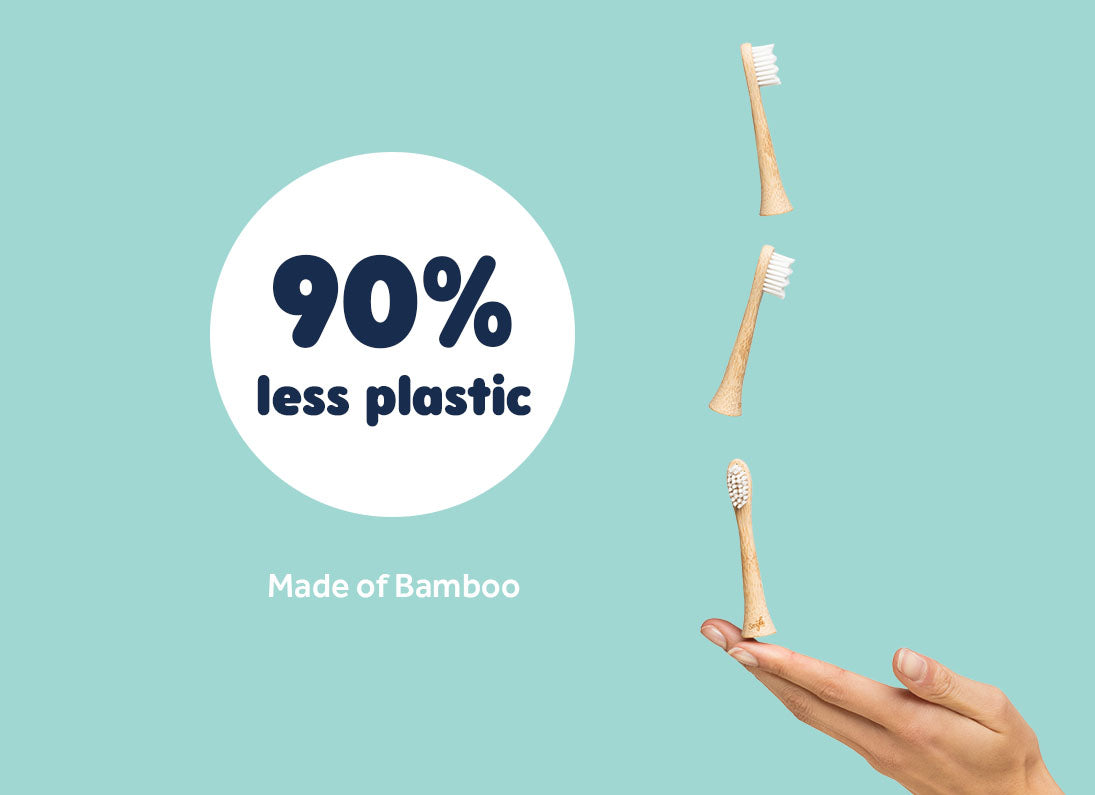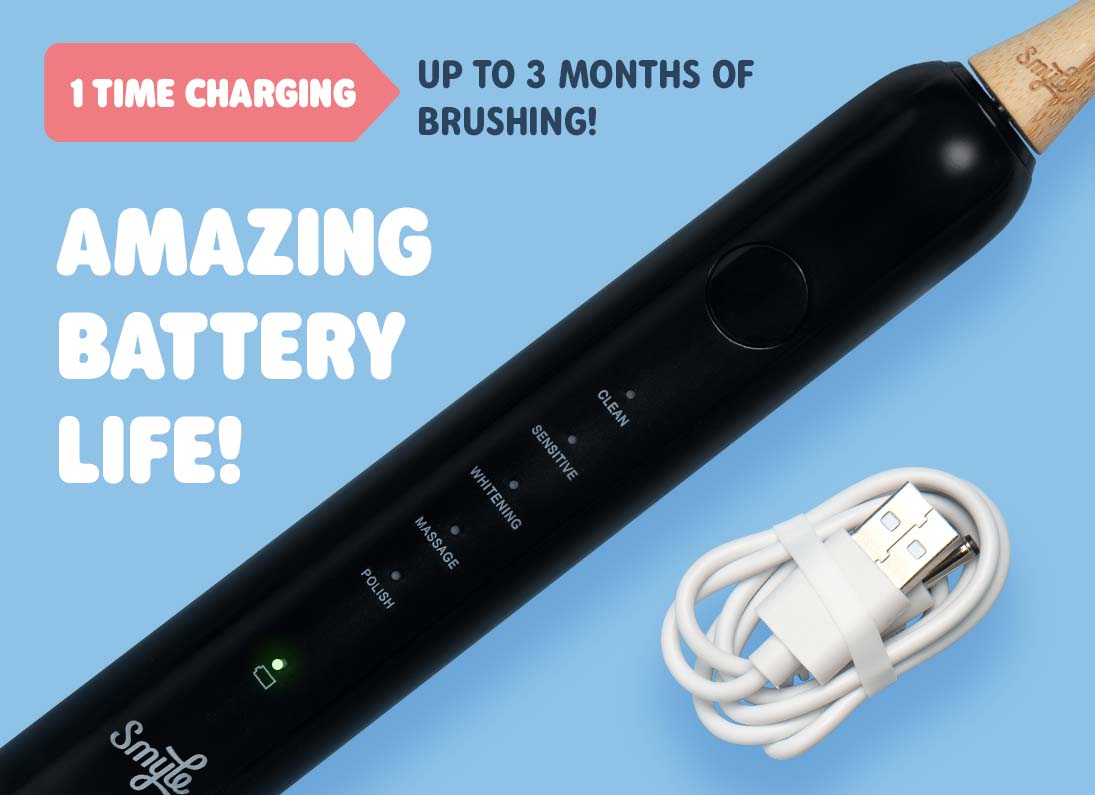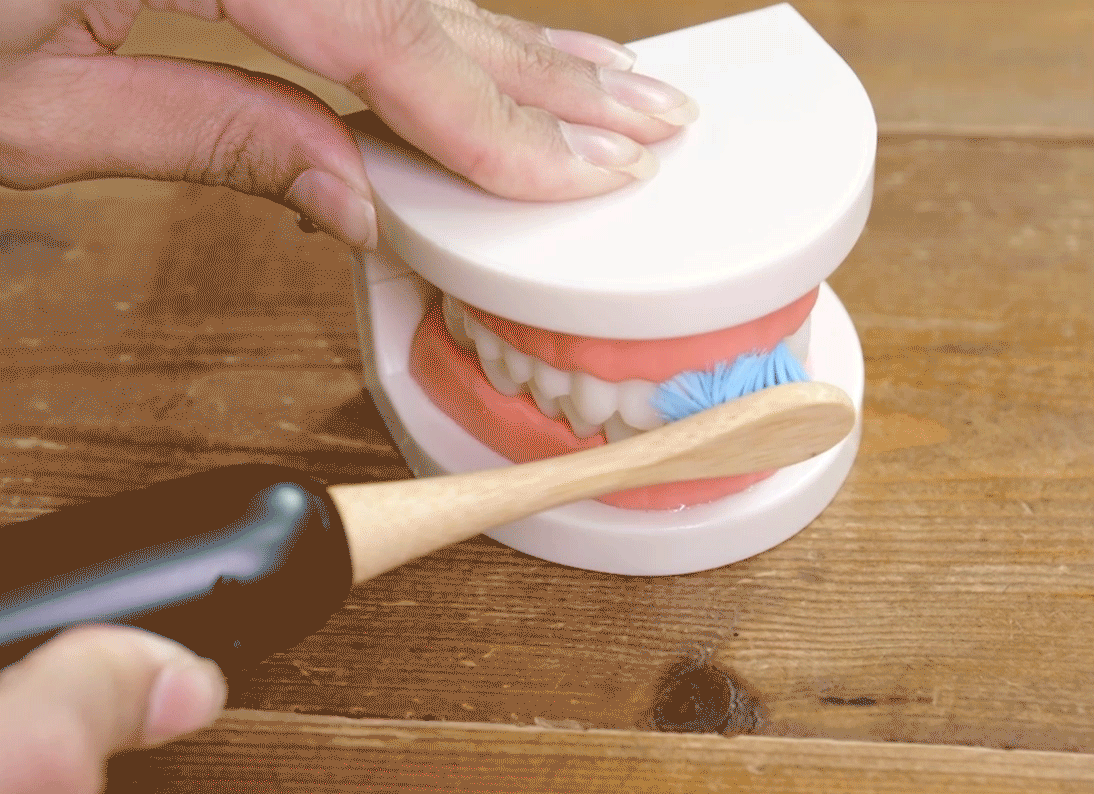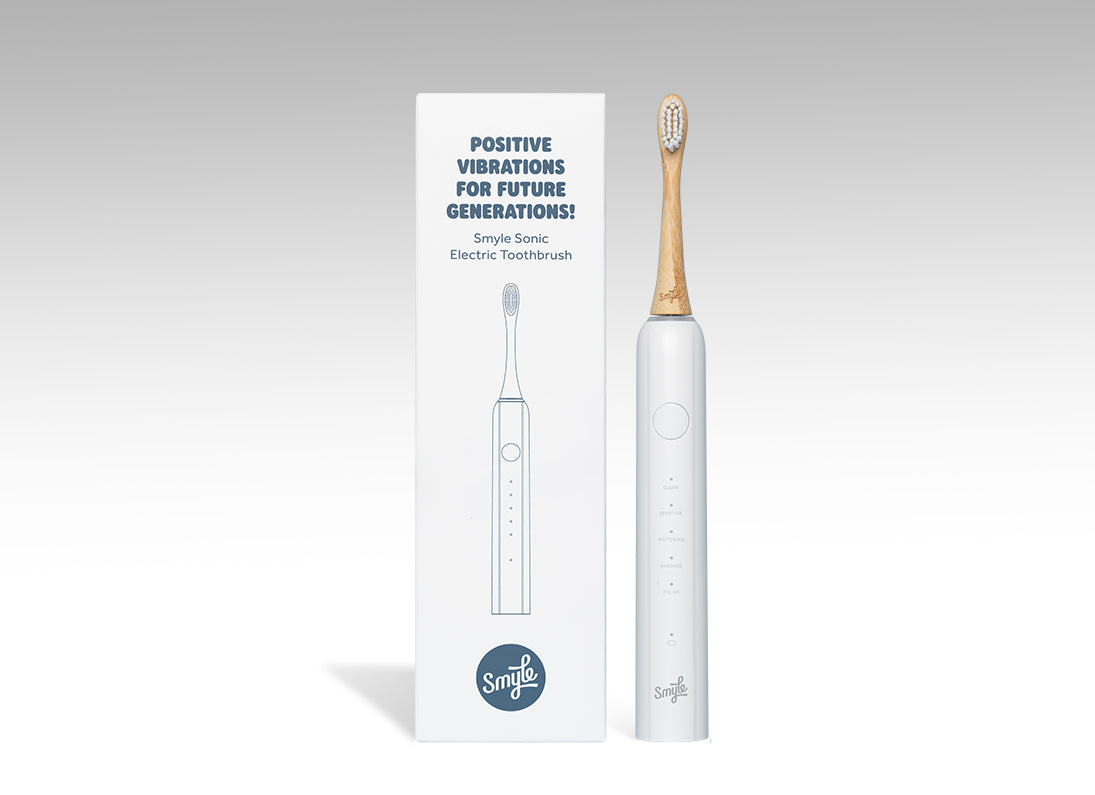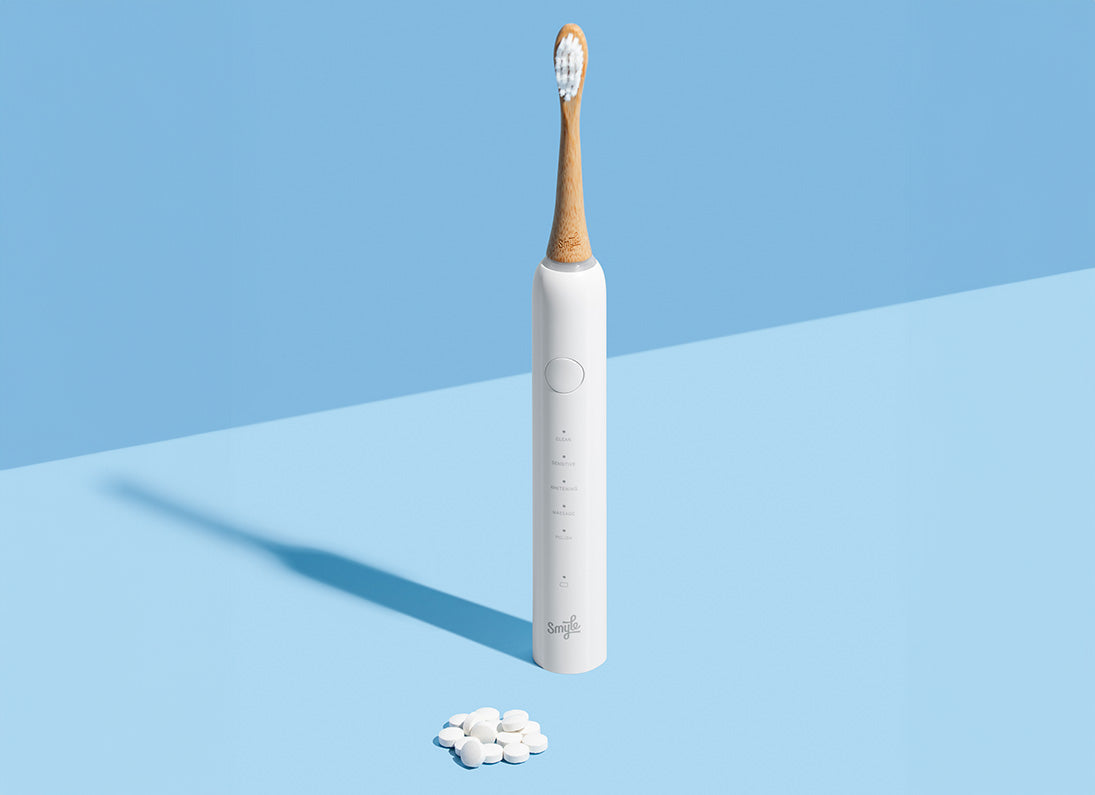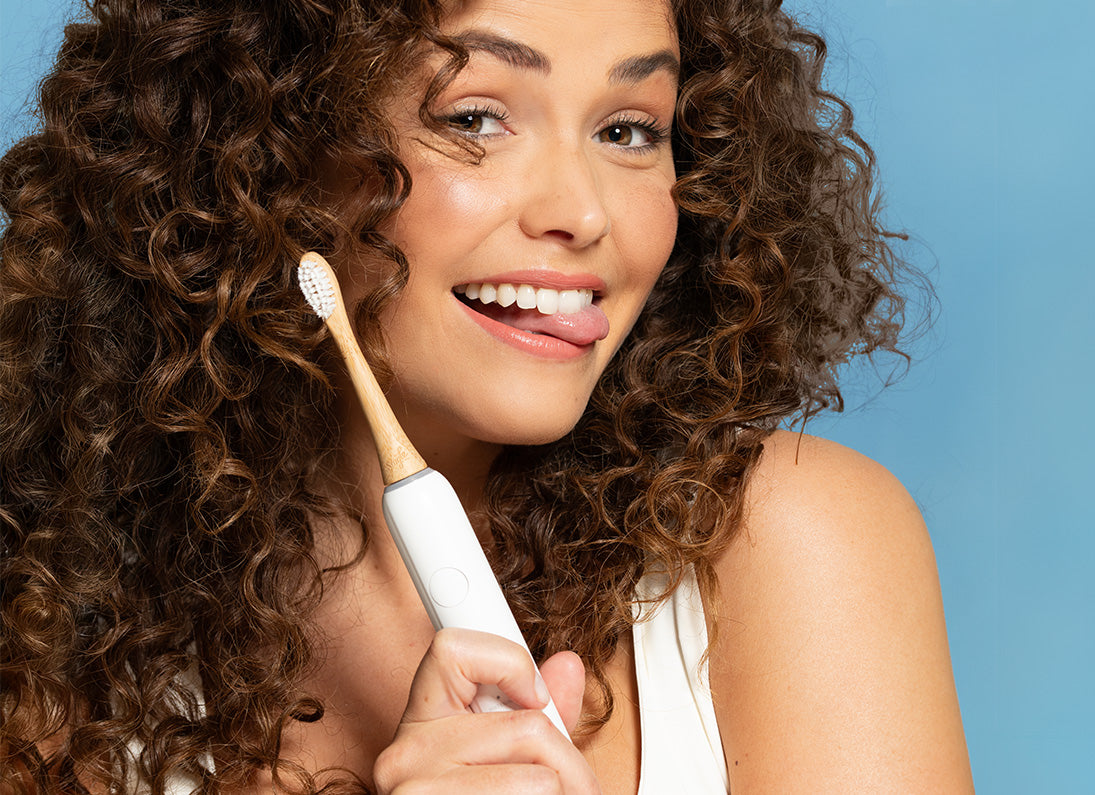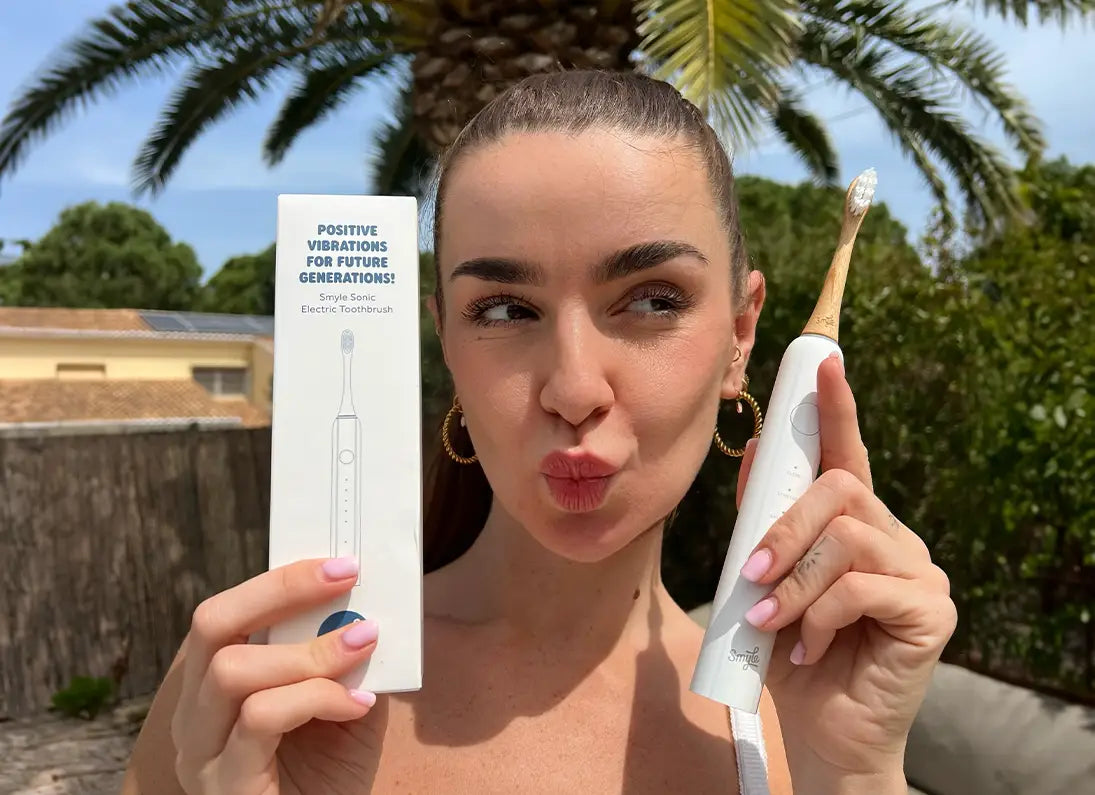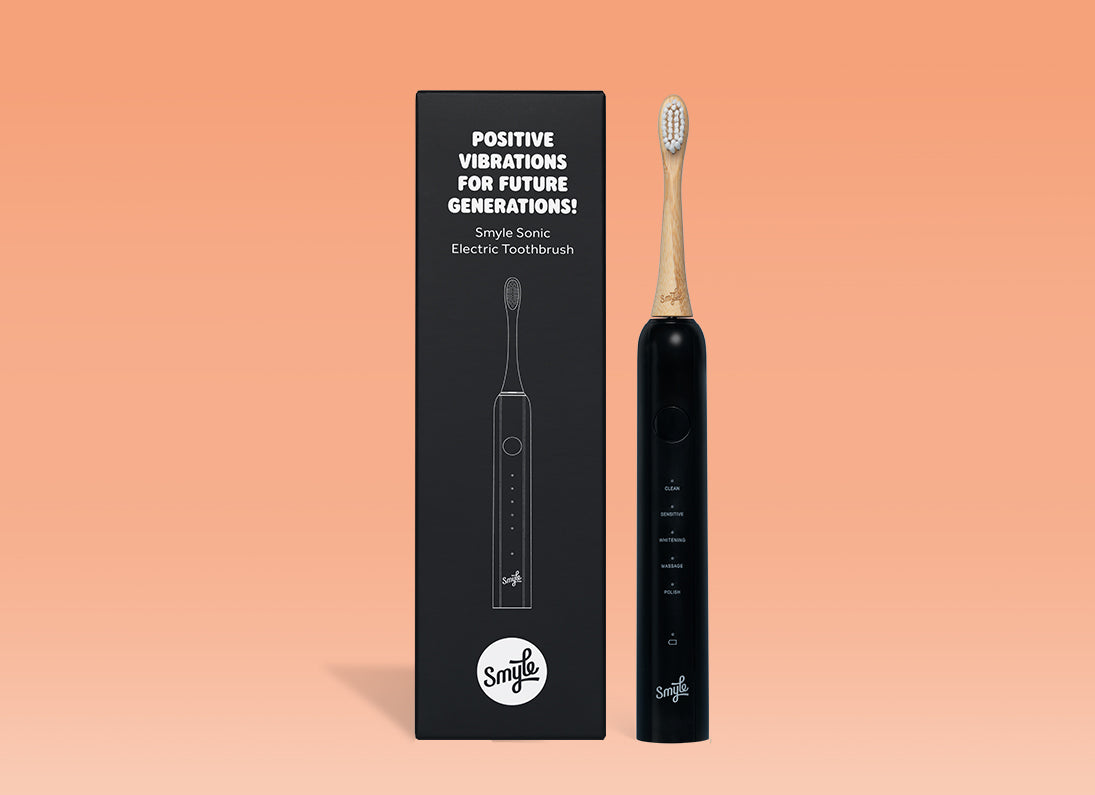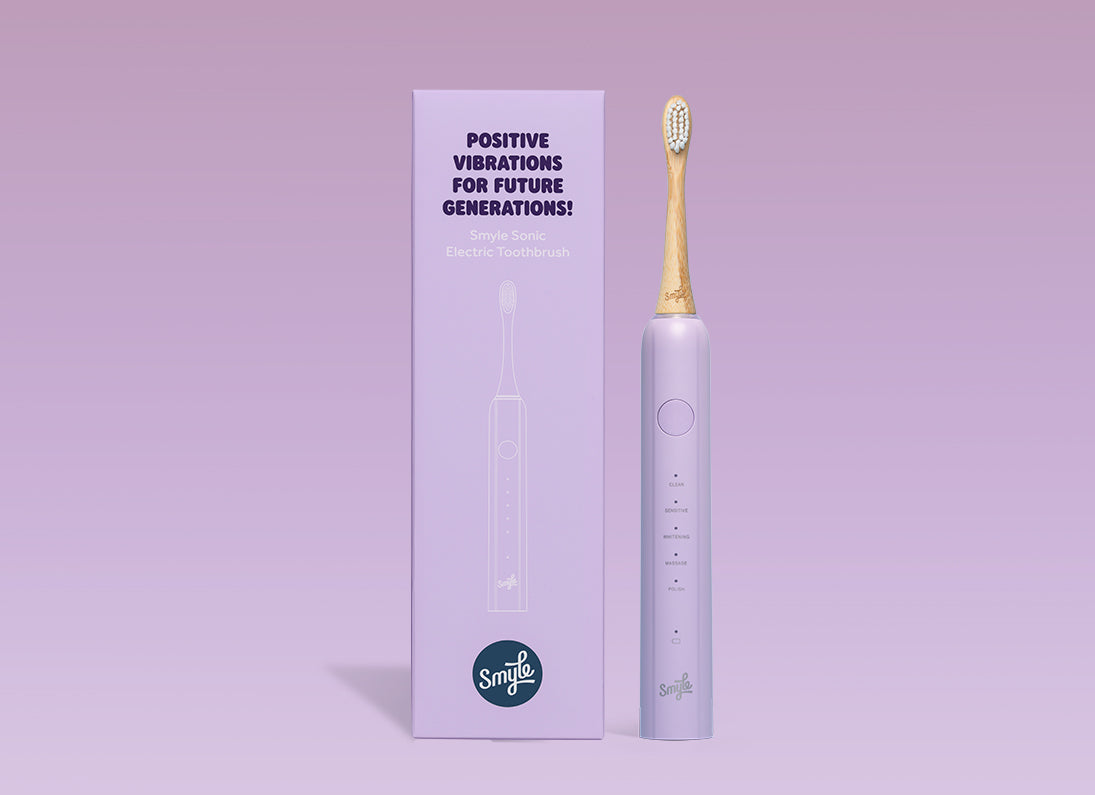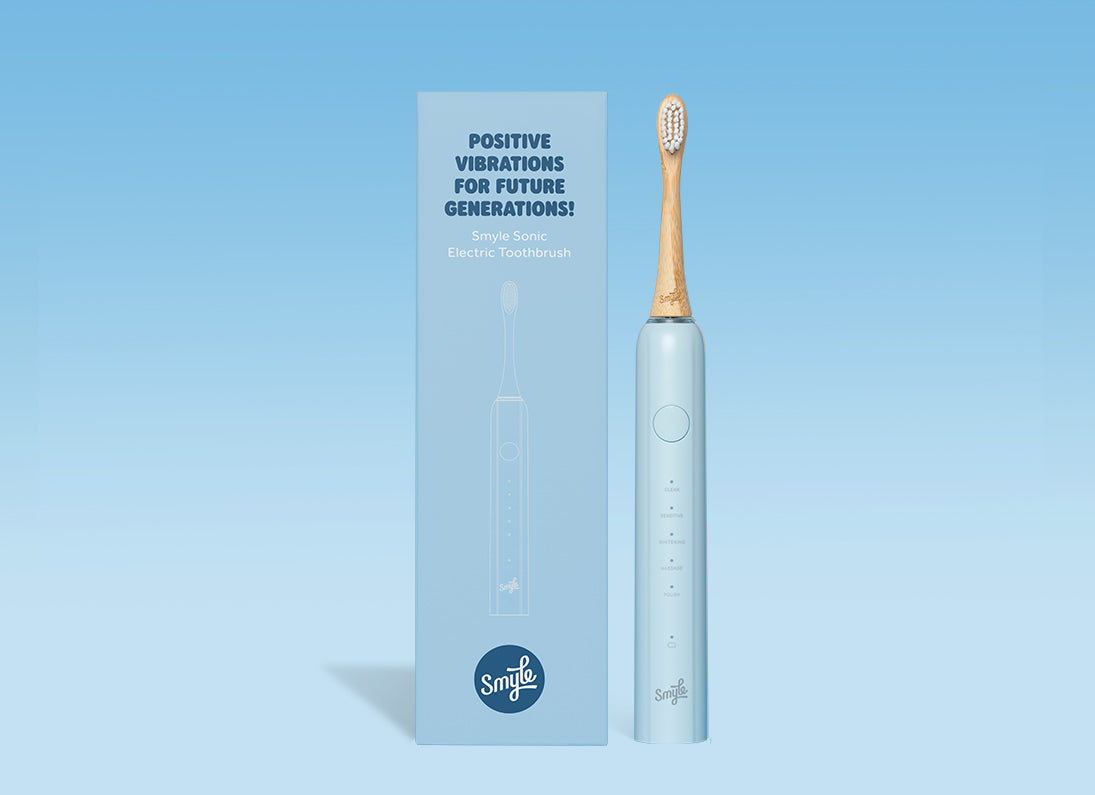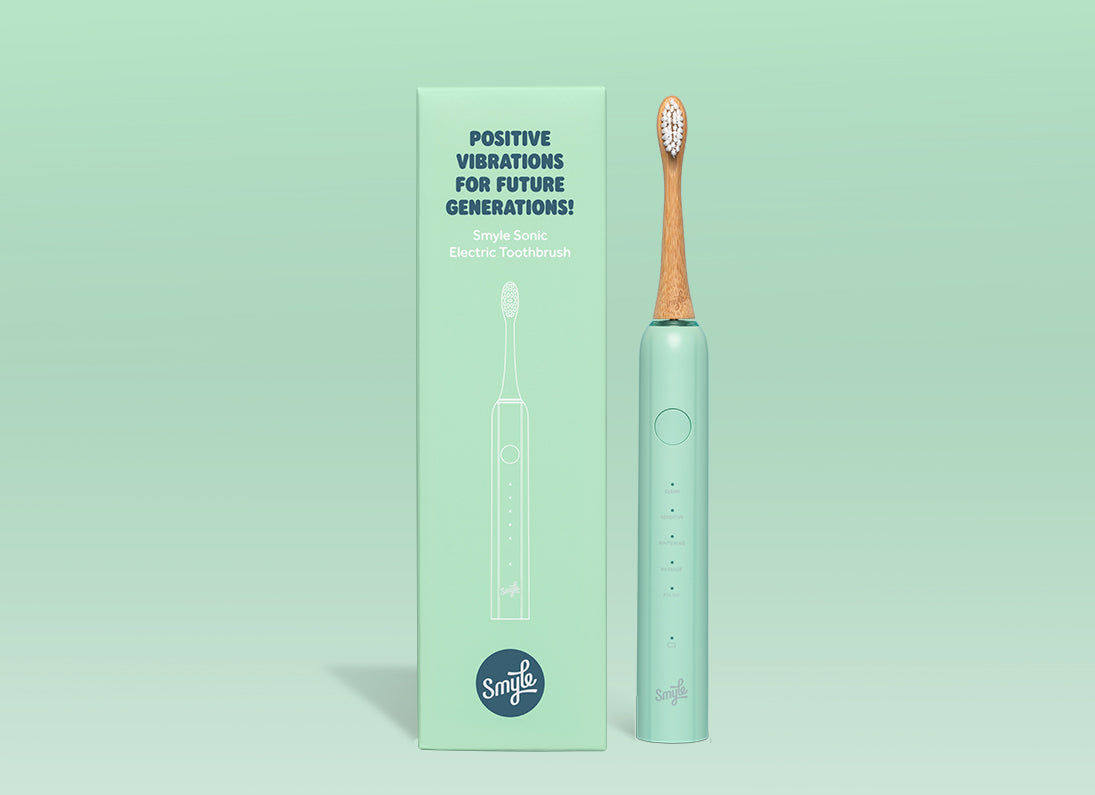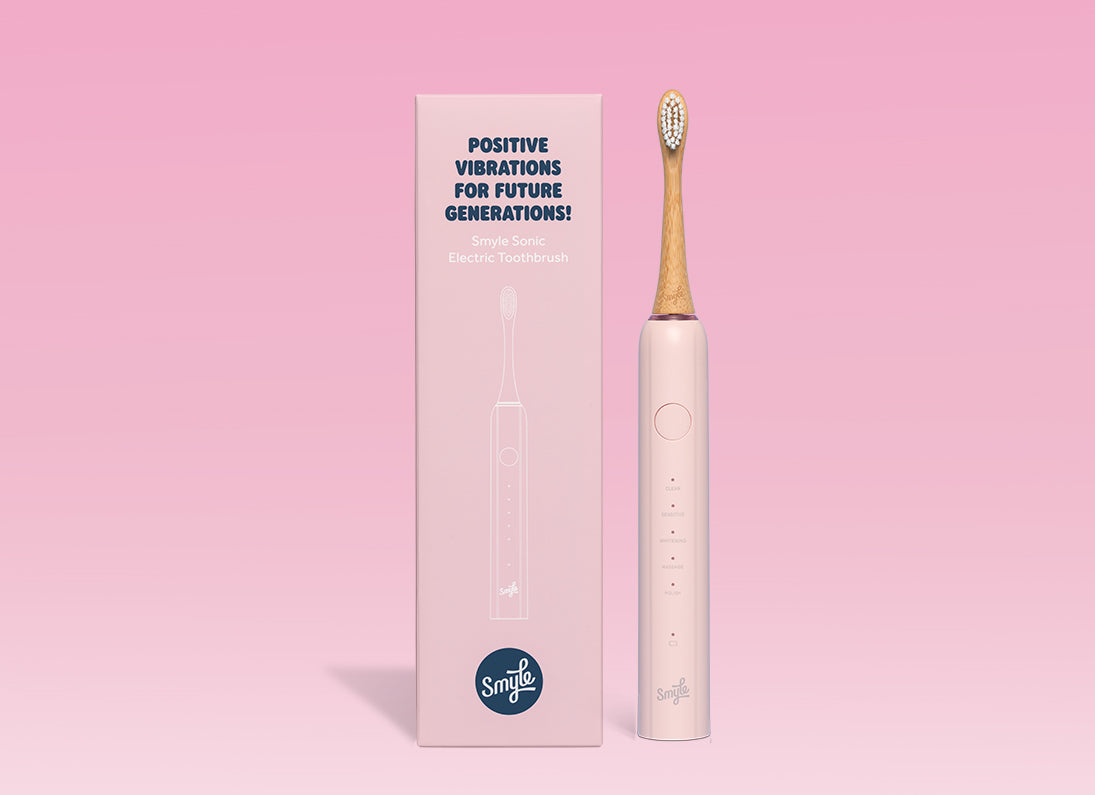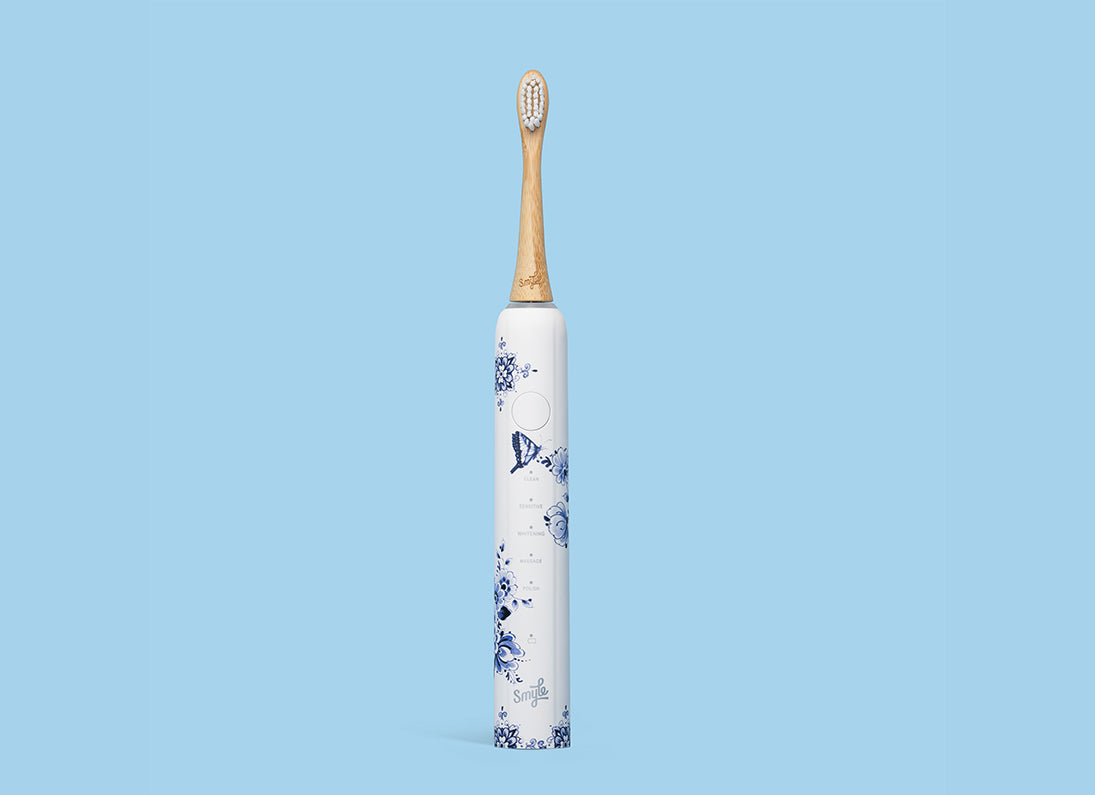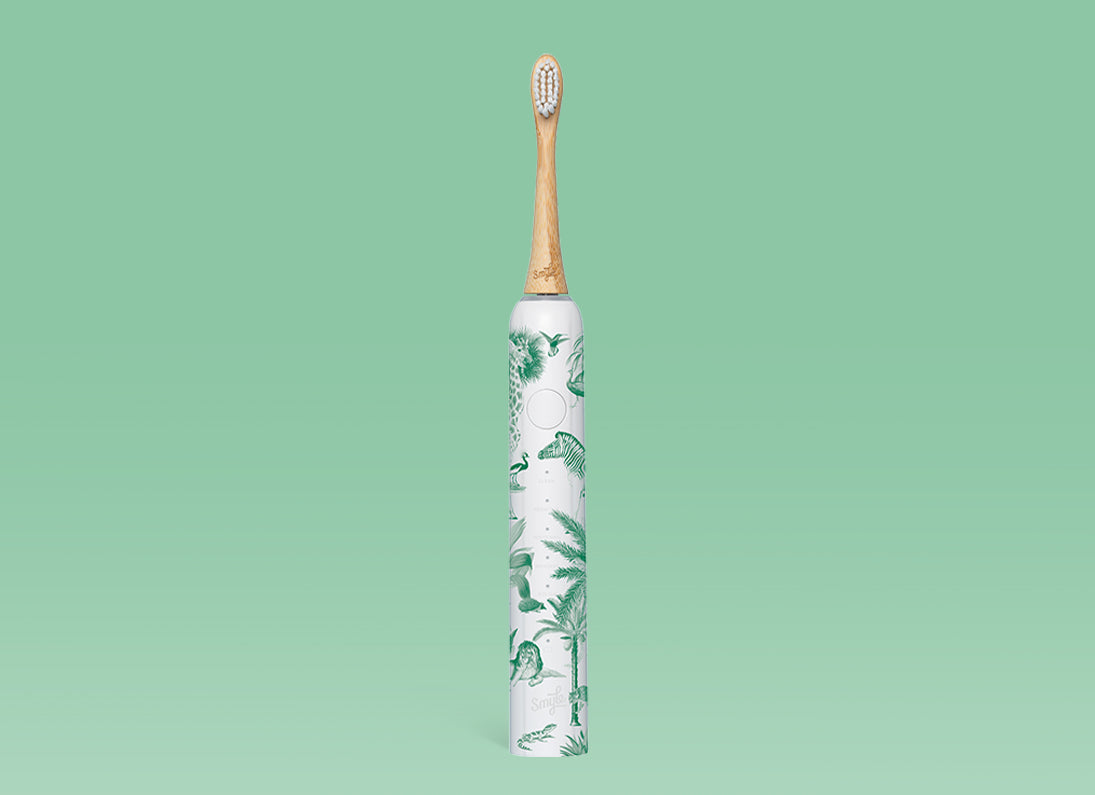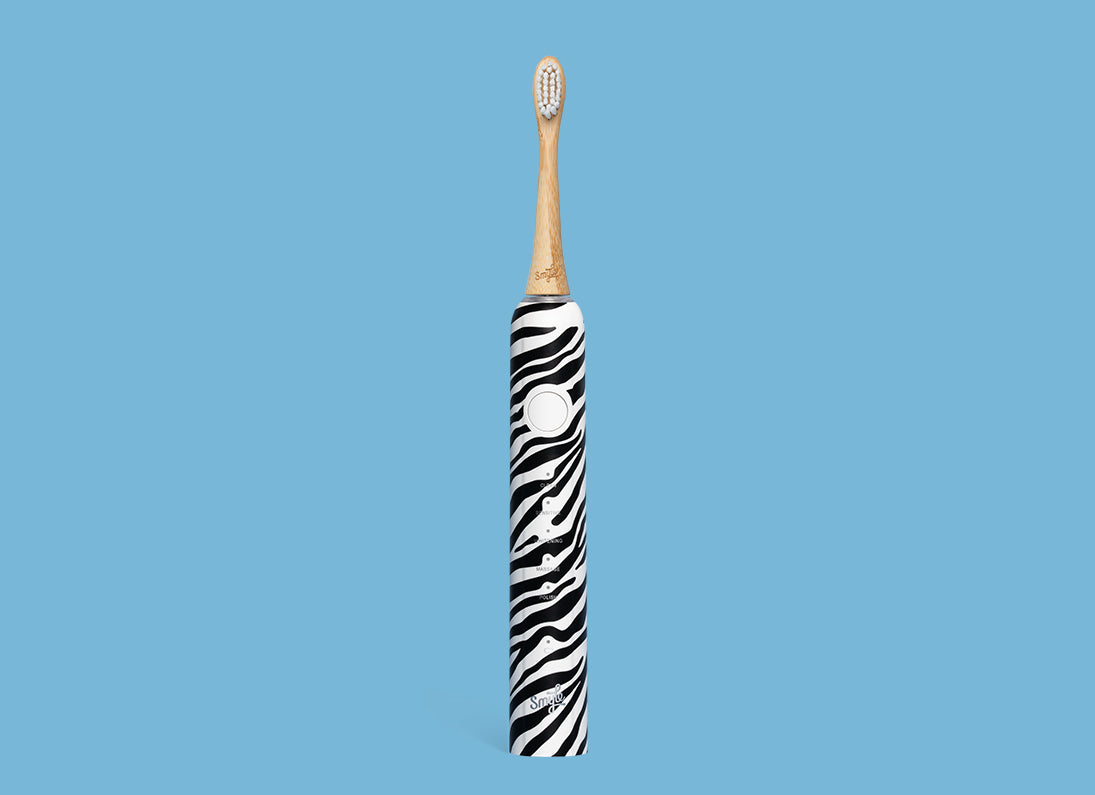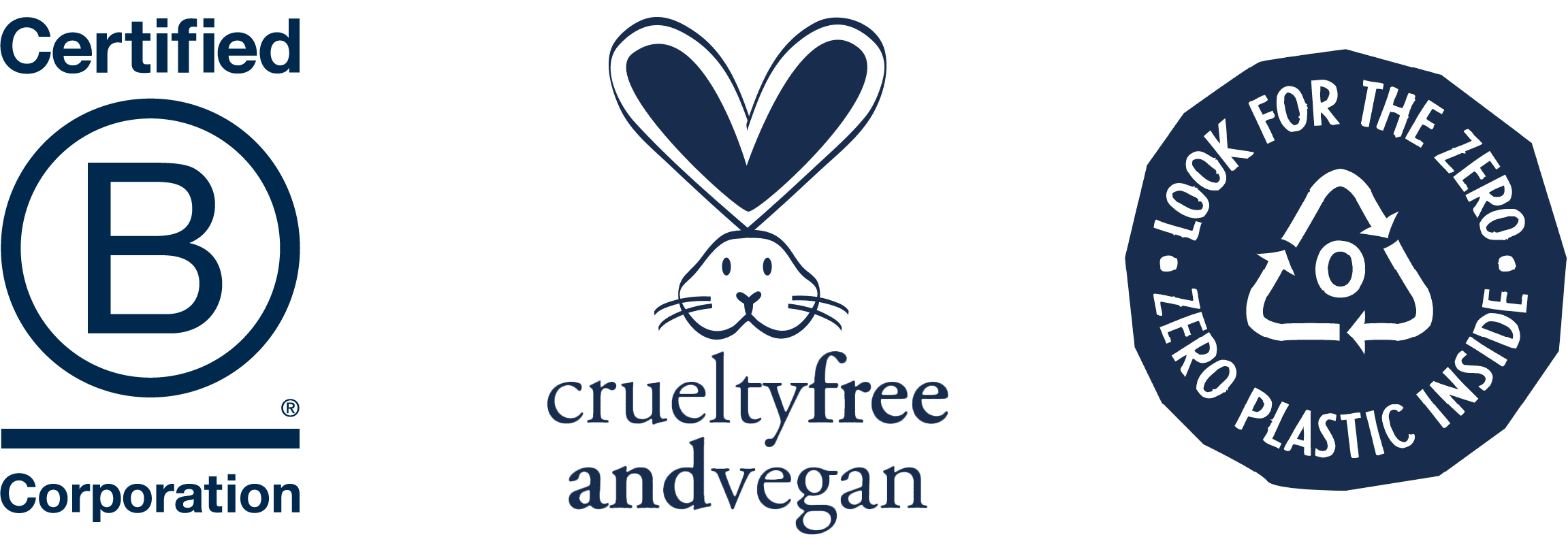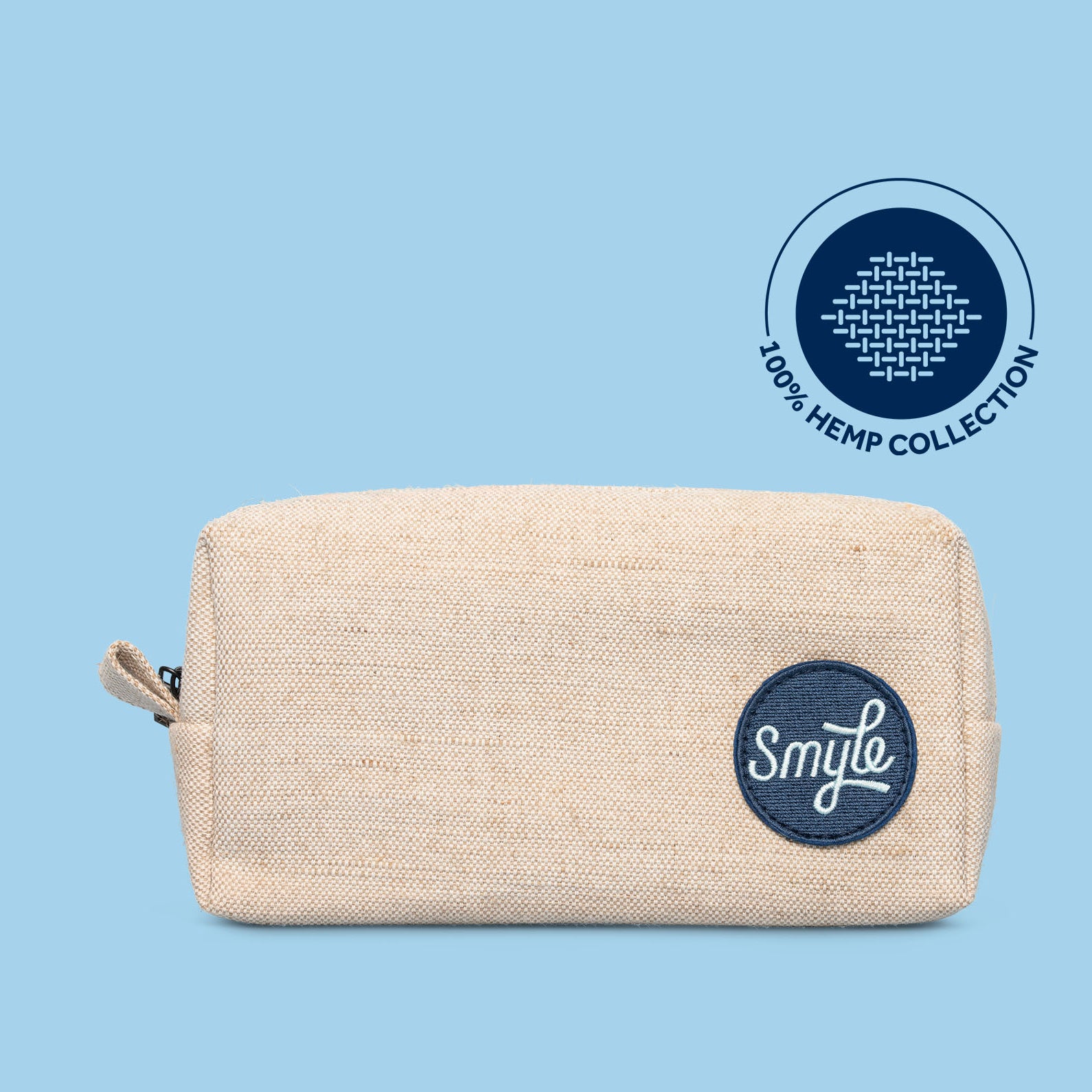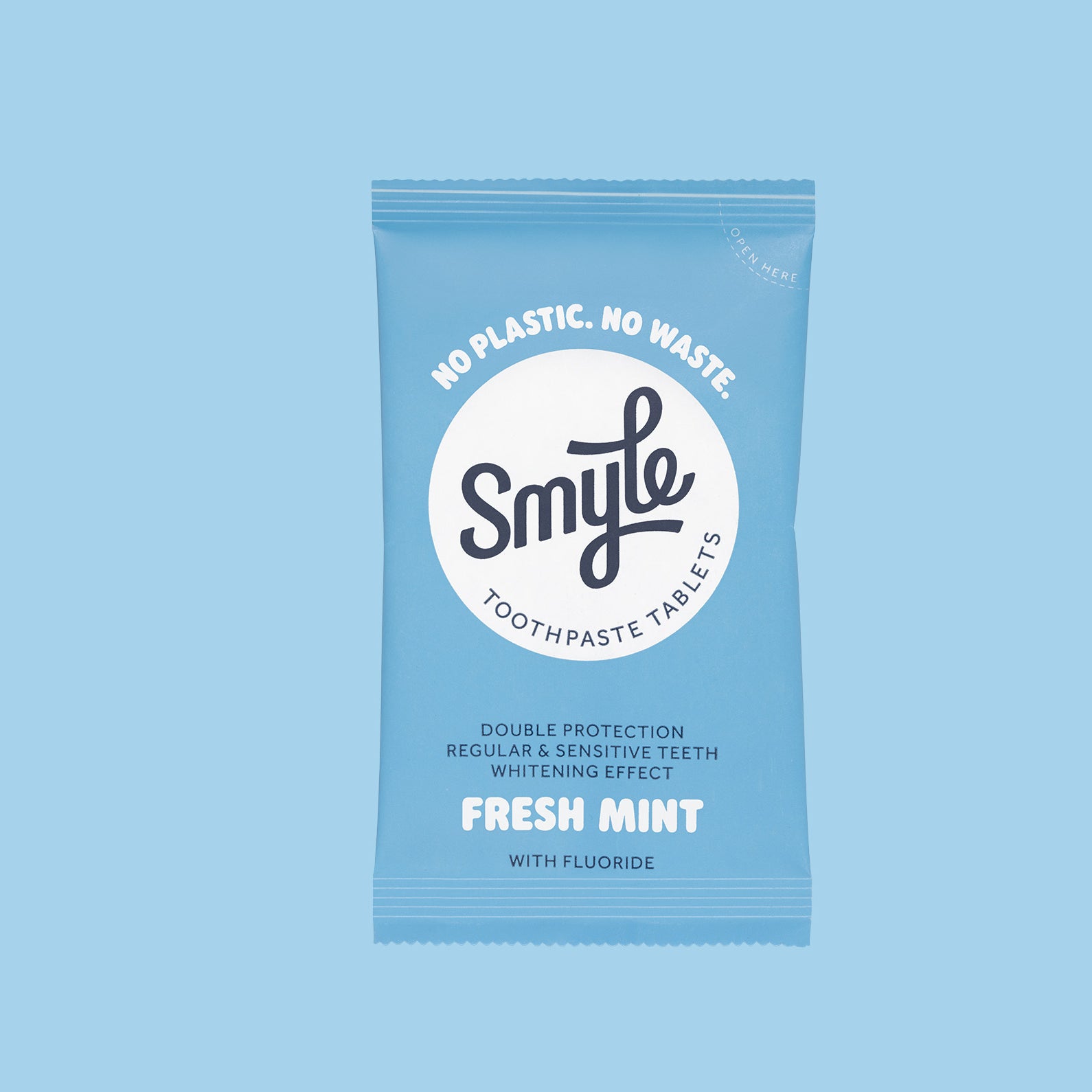
Every parent wants the best for their child, especially when it comes to their health. One important aspect of a child's health that is often overlooked is oral hygiene. It’s essential to teach children good brushing habits from a young age. However, a common question is: “From what age can children start using an electric toothbrush?” Let’s take a closer look at this topic.
The Transition from Manual to Electric Brushing
When it comes to brushing teeth, the journey begins with a child’s first tooth. At this early stage, using a soft, manual toothbrush is recommended. But when is the right time to switch to an electric toothbrush?
From What Age Can Children Use an Electric Toothbrush
It’s generally accepted that children can start using an electric toothbrush from the age of three. At this age, most children are able to use an electric toothbrush safely and effectively—especially when it’s a model specifically designed for kids. Electric toothbrushes made for children are usually smaller and lighter than adult versions, and they feature softer bristles, making them ideal for little mouths and sensitive teeth.
Using an electric toothbrush can help improve children’s overall oral health. Thanks to the vibrating or rotating movements, electric brushes can remove plaque more efficiently than manual brushes. Additionally, the built-in timer on most electric models helps children stick to the recommended brushing time of two minutes.
The Importance of Proper Guidance When Brushing Electrically
While electric brushing is considered safe from the age of three, it is crucial that parents continue to supervise their children during brushing until at least the age of eight. Parents should make sure their children are reaching all areas of the mouth properly and not applying too much pressure—something many electric toothbrushes for kids have a built-in sensor for. With proper guidance, children are more likely to maintain a good oral care routine as they grow older.
It’s also important to remember that not all children are immediately comfortable switching from a manual to an electric toothbrush. The vibrations or the extra noise can feel overwhelming at first, making the transition more difficult. It can be helpful to ease into it gradually—by limiting the use of the electric toothbrush to one brushing session per day at first, for example. And if possible, use a toothbrush with a gentle vibration mode to help your child get used to the sensation.
Different Types of Electric Toothbrushes for Kids
It’s also essential to choose the right toothbrush model. Some are equipped with special features designed just for children—such as musical timers, colorful designs, and even connections to smartphone apps that make brushing more fun. These features can make both the transition and the act of brushing more enjoyable for the child. Just make sure your child is still brushing all areas of the mouth properly and not brushing too long simply because it feels like a party!
Lastly, while using an electric toothbrush can offer many benefits, it should not replace proper brushing techniques and regular dental check-ups. Parents should still ensure their children brush twice a day, begin flossing (or using a water flosser) as soon as the teeth start to touch, and see a dentist regularly for check-ups.
So, From What Age Can You Start Brushing Electrically?
To conclude: while the ideal age to switch to an electric toothbrush can vary, three years old is a good general guideline. However, parental supervision during brushing remains essential until at least age eight to ensure children receive the best possible oral care. Once they’re ready, they can transition to a “real” electric toothbrush—such as Smyle’s sustainable model. Click here to check it out!

